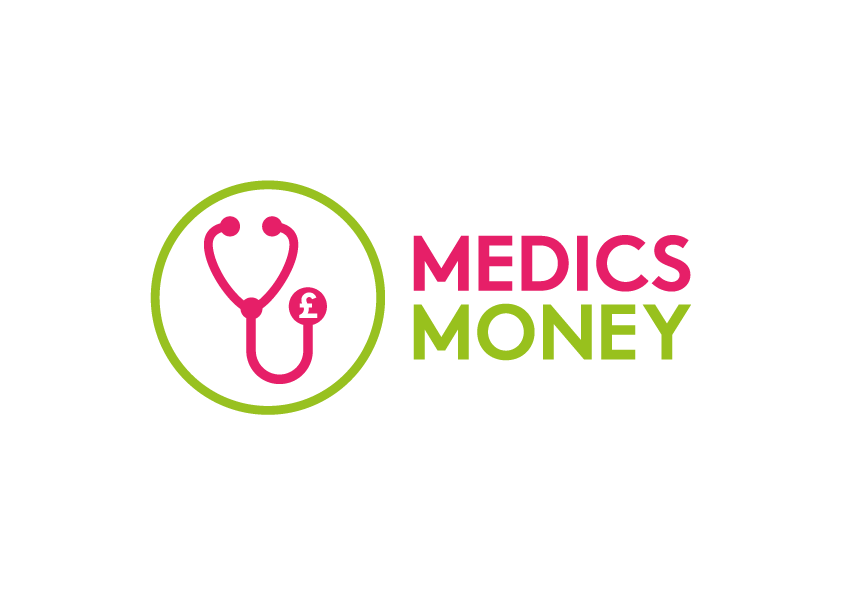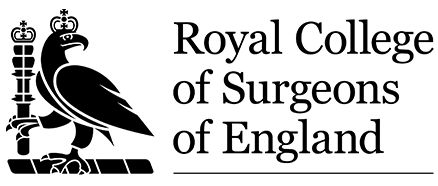Career Resources and Links
RCS England's careers team helps future surgeons and those supporting them. Anyone may use and download the resources below. Medical students and foundation doctors can become affiliate members of RCS England for only £15 per year. We also try to help schools and teachers in supporting their students.
In response to your concerns about the financial burden of training and the support you need from us, we now offer the First 4 membership package exclusively for UK trainees in their first four years post-MRCS. Learn more about how you can save up to £512 in membership fees.
Mentoring
Our newly launched RCS England Mentoring Platform makes the mentoring experience simple and flexible, connecting our expansive network of members. Learn more about our platform and become a mentor today. Please note, our pilot programmes to become a mentee open in spring 2025 for women, non-binary, SAS and LE doctors and surgeons.
Information sheets
- Women in Surgery: Visit the WinS page to learn how to join the network as a medical student or trainee
- Exercise: The miracle cure and the role of the doctor promoting it, written by the Academy of Medical Royal Colleges
- Exams Guidance: Contains candidate guidance in relation to applying for surgical and dental exams administered by RCS England
Useful careers websites
Aside from the information on getting into medical school on our website, you may find these resources useful.
- 'Becoming a doctor': This BMA page is a useful resource for medical school and the training pathway
- Student BMJ: Keep up to date with relevant medical news for students
- UCAS: Provides all information on how to apply to medical school, including what subjects you should take and grades you will need to achieve
- GOV.UK: Find information on student finance and grants/loans

Claim a tax rebate using the free step by step guides, find a specialist accountant and more with Medics' Money.
